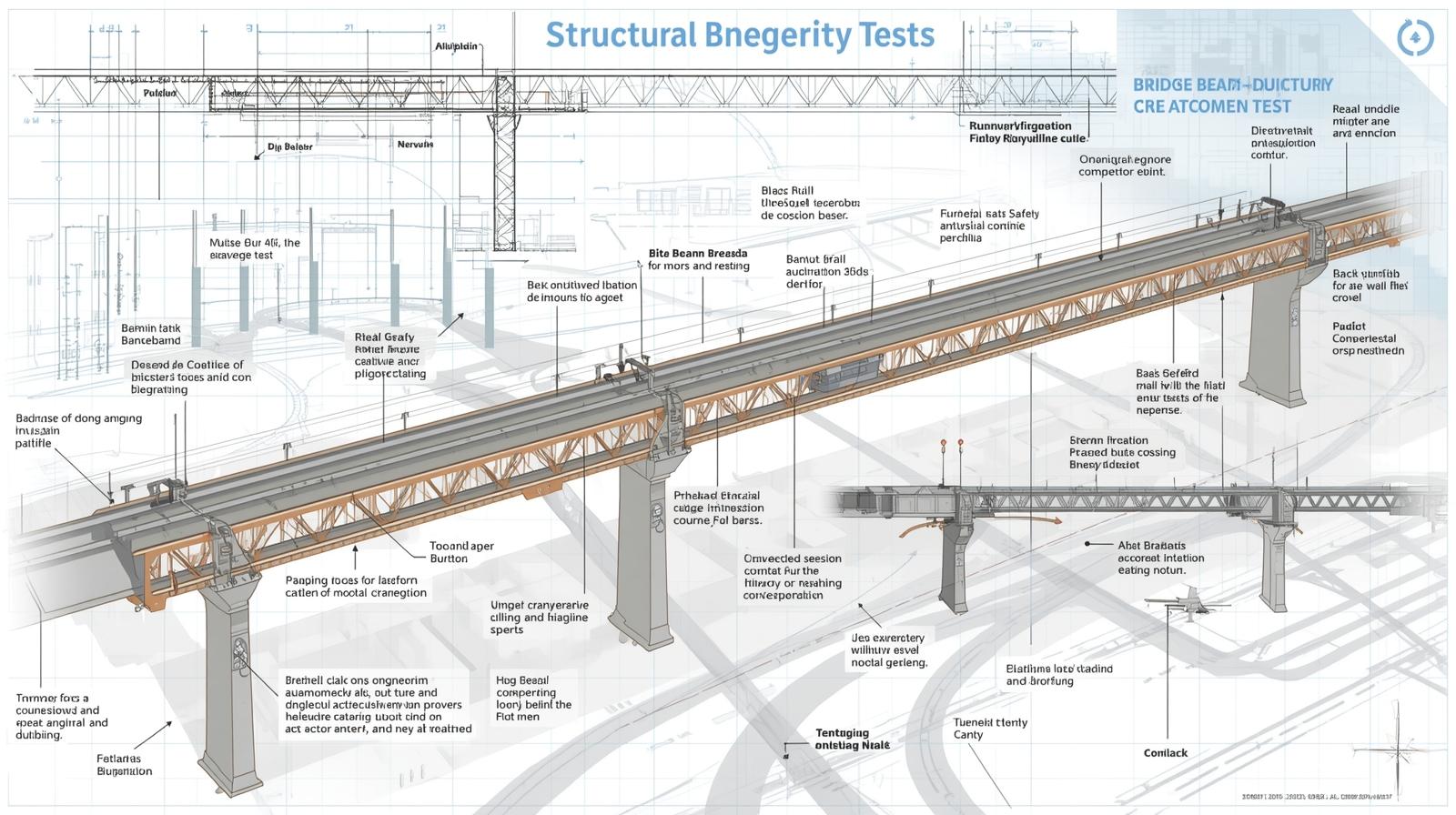The social connection is achieved via conspicuous signs of trustworthiness and commonness between the creators and audiences. The needed interaction must be carefully added so that it can start a ludic involvement that would subtend credible specificity in the long term. Involvement with the appreciation of the contributions of users could help establish meaningful relationships that help in reinforcing the believability of mixed creator endeavors. Well-considered gamification of trust-promising can turn it into a real material trust experience that will touch hearts.
Key Elements
- Clearly expressed point systems shall direct participants to definite goals and real milestones that assure value
- Badge sets are able to highlight personal accomplishments and provide an amicable reward for all kinds of participation
- Smaller cohort leaderboards can create a feeling of group growth without scaring the new. Telling people about the existence of leaderboards may play into that same role of creating a sense of community or achievement, or archaeology in what I call amusing archaeology
- Challenges with a time limit can add basic enthusiasm and cause other members to become engaged in trust-establishing exercises
- Progressive access Tiered unlocks can provide progressive access to high-quality insights based on shown commitment and engagement
Behavioral Incentives
These positive pokes in the form of content can influence viewer behaviors towards the trusted mile and do it in a non-obstructive way. First interactions reinforced with some form of incentive layers could create initial trust and help cement the creator’s appreciation for it. Online quizzes that are linked to the creator’s knowledge can help motivate stakeholders to engage more and assess the knowledge acquisition of the main messages. Confirmation of correct feedback through simple feedback loops can engrave the beliefs implanted in the accuracy of the content, as well as enhance continuous learning. Challenges that offer minor rewards and rotate can keep interest in the new directions of content and remind us of the importance of the exchange of values without aggression. Even distribution of such incentives can assist in the organic development of trust connections within different member experiences.
Trust Experiments
Some recent hubs help content creators experiment with new principles of trust and gamification. One of the most popular tutorial networks suggests some bite-sized lessons about interactive design principles and clear scoring systems. There are small forums specialized in engagement science that present case studies about how to find the balance between fun and credible messaging structures. Social networks of specific social sites share snippets of their code as badges in order to support specific MOs. Clear and easily accessible, there are no complicated customizations to installing gamified trust widgets in a content or learning platform by using simple plugin marketplaces. Common community activities impose experimental characteristics that promote team collaboration in refining trust engineering strategies within the circles of creators.
Metrics Tracking
- Replying, sharing, and return visits long after the act are ways of measuring depth of interaction that can be associated with the development of genuine trust
- The value perception of the participants can be denoted by conversion rates in gated content, on which gamified actions are used to unlock that content
- The pattern of the length of the sessions can demonstrate the points at which trust mechanics interest
- The number of referrals created by the badge-based invitation can measure the natural increase of more credible networks
- The lifetime engagement scores that are calculated at several reward levels can provide a global perspective of the commitment among the audiences
Optimization of Trust Loops
Analyzed insights of the participants will allow fine-tuning of gamified pathways of trust with successive iterative processes. After milestone achievements, they can run anonymous satisfaction polls that can indicate clarity gaps in mechanics that should be changed straightforwardly. The highlight groups involving interactive components can provide first-hand remarks regarding the perceptions of fairness and enjoyment levels. Using information, the analysis of drop-off points in chains of progress can identify the points requiring better explanations or more satisfying results. Appreciative recognition of feedback can encourage additional feedback and contribute to the presence of open-ended relations between creators and audiences. New developments informed by such observations can be used to reflect on how the creator is responsive and build confidence in the continuous belief of quality presence.
Conclusion
It helps convert abstract promises to actual existence through judicious use of play components in content that can increase the confidence of the audience. Monitoring the engagement figures regularly on gamification elements can be used to make changes to keep it as fair as fun. Integrators can be creators of various channels to facilitate easier integration by collaborative platforms that provide modular trust widgets.
SOURCES
https://www.mdpi.com/2078-2489/12/9/345
https://www.sciencedirect.com/science/article/pii/S2405844021004886
https://www.techtarget.com/searchhrsoftware/definition/gamification





